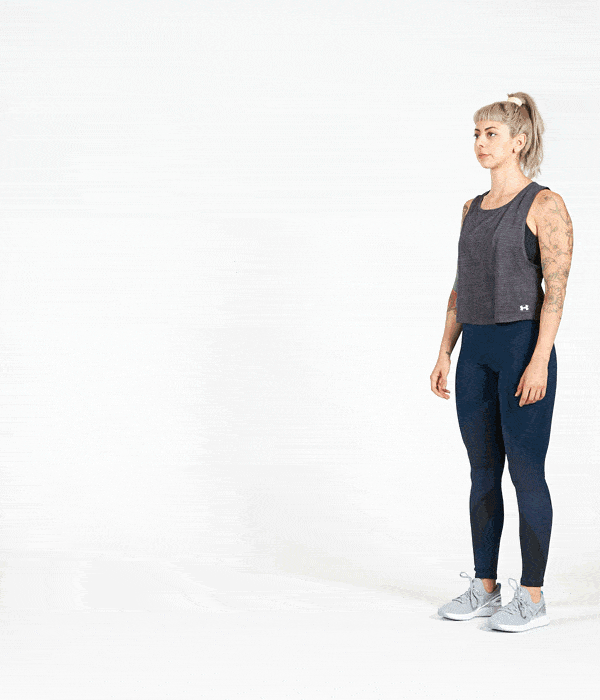If you want to maximize your workout, prevent injury and minimize post-workout soreness, pay attention to your warmup.
The warmup is especially important on key training days, or when you’re exercising intensely or for long durations, but it’s important on even light training days, too. In fact, “It’s a non-negotiable,” says Blake Dircksen, DP., certified strength and conditioning specialist and physical therapist at Bespoke Treatments in New York. If you increase the intensity without first warming up your joints, tendons, ligaments and muscles, you run the risk of pulling, tearing or otherwise injuring them.
Thankfully, it’s easy to get through an effective, well-rounded warmup routine — if you know what to do. Here are the basics to get you started:
WARMUP BASICS
1. START WITH FOAM ROLLING
Foam rolling pre-workout has been shown to increase blood flow, enhance joint flexibility and make the fascia (a web of connective tissue that coats the muscles) more gel-like, according to a review published in the International Journal of Sports Physical Therapy.
The same review suggests you’ll achieve benefits from rolling all your large muscle groups for 30–60 seconds, up to five times per group. If you’re short on time, stick to the groups you’ll be using during your workout and limit your rolling to two rounds of 30–60 seconds.
2. MOVE INTO MOBILITY
Once your muscles are warm, it’s time to perform mobility exercises. These will get your joints used to moving in their full range of motion. Your best bet is to perform a variety of bodyweight exercises that engage your ankles, hips and shoulders. As Dircksen notes, spinal mobility is also very important, so always make sure to do some gentle mobility work there.
If you want a great mobility exercise that hits multiple joints in one rep, try the ‘World’s Greatest Stretch.’

Here’s how you do it: While standing, step your right foot forward into a lunge, making sure to keep your back knee off the floor. Set your opposite palm on the floor beneath your shoulder and bring your right palm to the floor on the inside of your front foot, your hips pointing toward the floor. Then, twist your torso to lift your right arm and reach your fingertips toward the ceiling. Reverse the movement until you’ve returned to the starting position. Keep your movements fluid; don’t hold the various positions for longer than a few seconds. Alternate sides for 8 reps.
3. START SLOW
Finally, ease your on-ramp into your exercise of choice by doing an unweighted and/or slow version of the activity. If you’re running, for example, start by jogging slowly for a few minutes until you feel ready to speed up. If you’re strength training, do a light or unloaded version of your main lift. “After that, you start to crank things up,” Dircksen says.
THE MENTAL SIDE OF A WARMUP
By the time you’ve finished these three steps, you should feel warm and ready for your workout, and you may notice it doesn’t take long for your muscles to coordinate and fire for whichever activity you’re asking them to perform. This is because, in addition to getting your joints, muscles, ligaments and tendons warm, a great warmup also improves the efficiency of your neural drive, or the signal sent from your brain that tells a specific muscle or group of muscles to contract.
“The muscles have to be told to fire in order to contract,” Dircksen explains. “If you’re going to the starting line and you haven’t really activated things at all, you’re not going to be able to produce as much neural output as you would if you had gone through a proper warmup.” In other words, you won’t be able to run as fast, lift as heavy or jab as powerfully.
If you’re wondering why static stretching isn’t included in the warmup, it’s because static stretching is best left to your cooldown. In fact, doing static stretches pre-workout can reduce strength by more than 8%, according to a study in the Journal of Strength & Conditioning Research.
So, play it safe and save the static stretches for after your workout.
Ready to take the next step? Unlock MyFitnessPal Premium to access custom goal settings, quick-log recipes, and guided plans from a registered dietitian. Premium users are 65% more likely to reach their weight loss goals!




